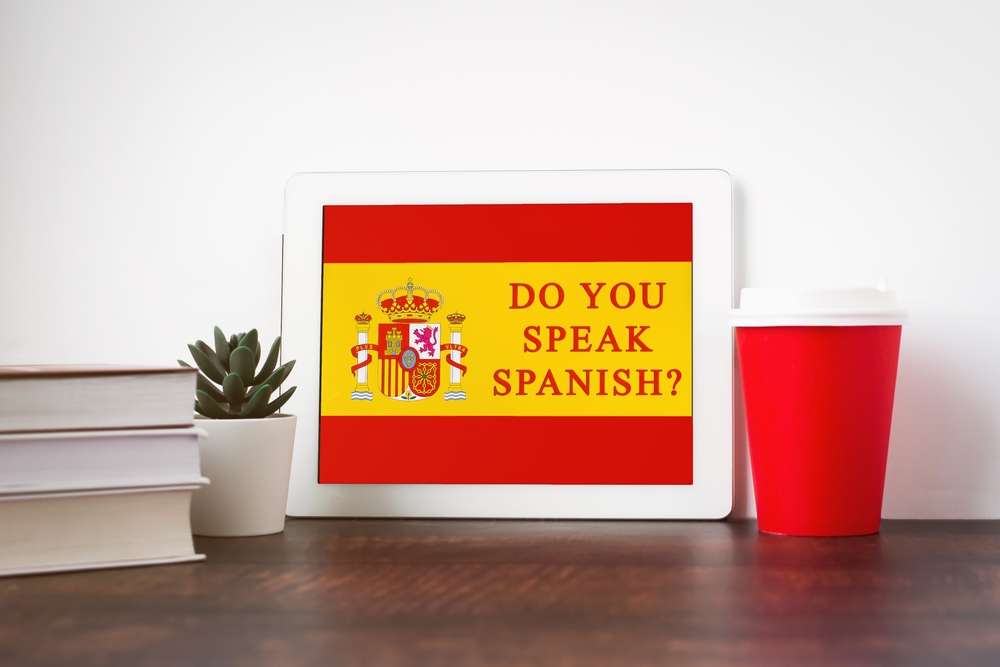What are the Main Spanish Speaking Countries?
Spanish has its origins in the Castile region of Spain, which is why it is sometimes referred to as Castilian, or castellano. It stands to reason, therefore, that Spain is the country most closely associated with the language. Nonetheless, Mexico is actually the largest Spanish-speaking country, with 113 million native speakers. In fact, with approximately 47 million native Spanish speakers, Colombia also ranks ahead of Spain, which sits in third place with around 40 million native speakers. It is important to note that Spanish is not the mother tongue of 18 percent of Spain’s total population, due to the prevalence of regional languages like Basque and Catalan. Some of the other notable countries with Spanish as their primary or national language include Argentina, which has a Spanish-speaking population of around 40 million, and Venezuela, where almost 30 million people speak Spanish as their mother tongue. Spanish is also the first language of around 7 percent of the entire European Union.
Interestingly, Spanish is the native language of more than 13 percent of the total U.S. population, amounting to around 39 million people. When combined with those who speak Spanish as a second language, the U.S. has in excess of 50 million Spanish speakers in total, making it the second largest Spanish speaking country in the world.




